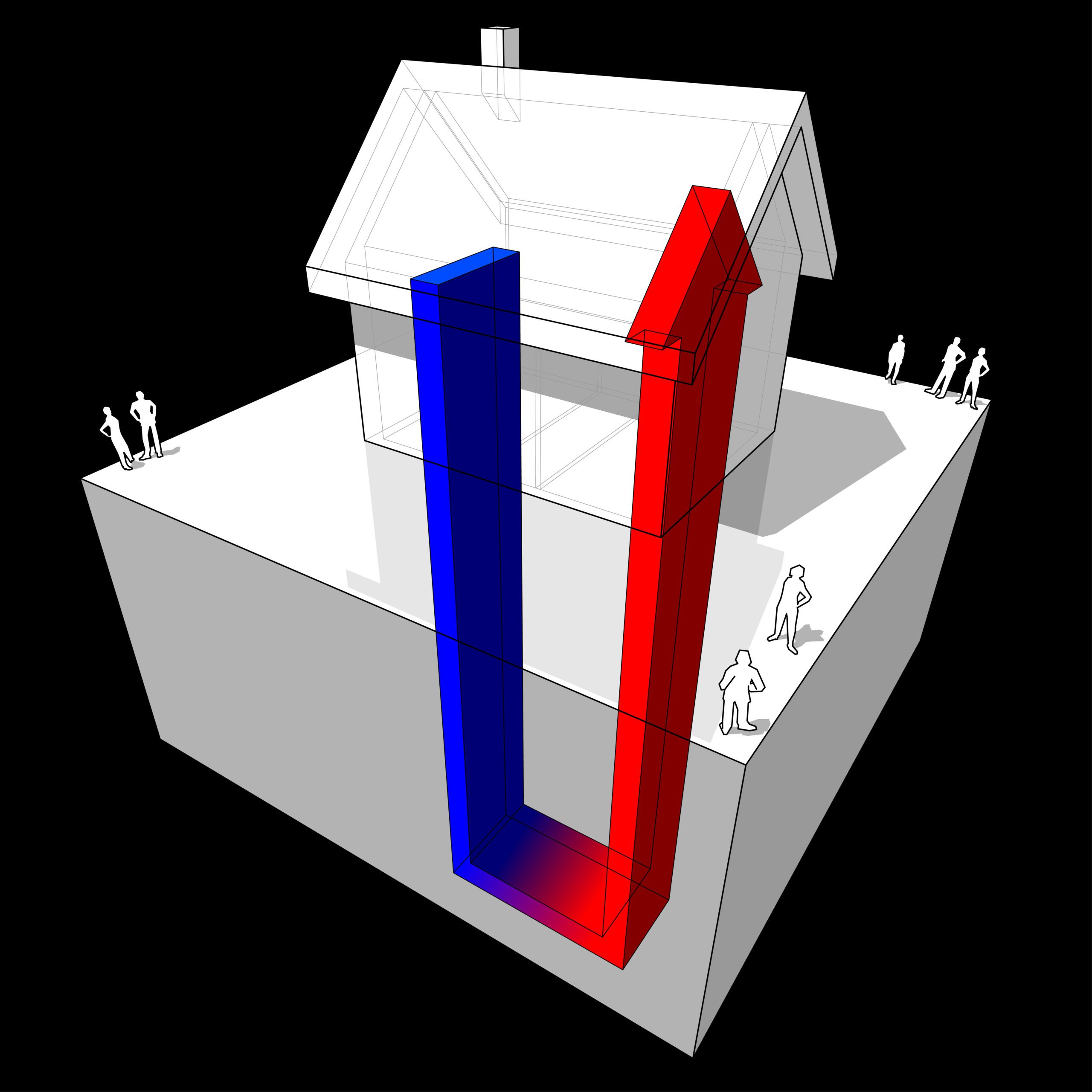North Village geothermal project nearly complete

JANUARY 18, 2013
by Gray Johnson ’16, Contributing Writer
Under construction since 2010, the North Village geothermal project is expected to be complete by the end of August. This $4.92 million system represents a new method for heating and cooling the apartments.
“Normally, a heating and cooling system exchanges heat using air. Instead, we are using the earth, pumping water through wells and releasing heat to and from the ground,” director of facilities services Jeff Redderson said.
These pumps will supply heat to the buildings during the winter and pull heat from the buildings during the summer. Construction manager Elcainey Baker described the system more simply as a “closed loop.”
The geothermal system uses the consistent temperatures in the ground to exchange heat to and from the building.
The system includes 24 heat pumps and 20 wells for each apartment building. Each well is 517 feet deep, the length of almost two football fields.
The only building to remain incomplete at the end of August will be apartment building J. Due to its different structure, the completion of J building is too costly to be completed by August.
HVAC Supervisor Raymond Kuhne came up with the idea about seven years ago. He wanted to weigh the potential options with replacing the decade-old existing HVAC systems in North Village.
The U.S. Department of Energy awarded Furman a grant of $2.5 million in 2009, allowing the university to go forth with replacing the old HVAC system with a more efficient geothermal system.
“The main benefit was improved energy performance over what we had,” Redderson said.
Along with this benefit, there are several other advantages that come with having the geothermal system. It eliminates the use of outdoor condensing units, has a much longer life, and reduces maintenance. The mechanical equipment could last up to 20 years, and the wells are expected to have a lifetime of 50 years. The system, too, helps reduce the university’s carbon footprint.
“Building A has already averaged a 32 percent reduction in kilowatt hours monthly,” building automation systems technician Jimmy Looper said.
Residents living in these apartments, however, will notice little change. There will be less noise outside and more efficiency with the system.
“This is, of course, along with the improved reliability because it’s a new system,” Redderson said.
Students will not see a rise in the cost of housing or tuition because of this new system. The system should save more than $2 million in energy costs over the next 20 years.
(Image by Shutterstock)